How Long Does It Take to Create Marble or Travertine?
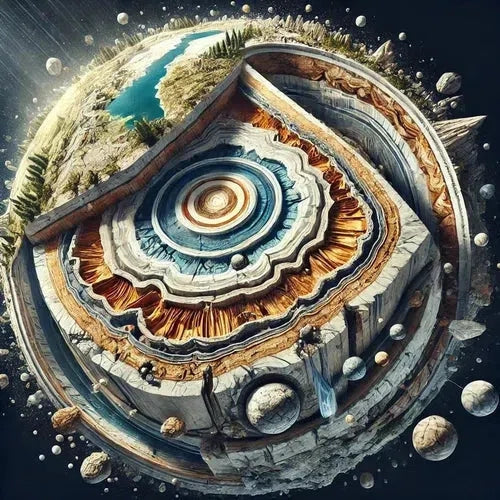
The Geological Journey of Marble and Travertine
Natural stone, such as marble and travertine, has captivated human beings for centuries with its beauty, strength, and durability. But behind the polished surfaces and intricate patterns lies a fascinating and lengthy natural process that transforms raw minerals into the stones we admire today. This blog explores the geological timeline involved in the creation of marble and travertine, giving you a deeper appreciation for these ancient materials and the natural forces that shaped them.
The Geological Formation of Marble
Marble is a metamorphic rock, which means it is formed through the transformation of existing rock types under extreme conditions. The creation of marble begins with limestone, a sedimentary rock composed primarily of calcium carbonate. Over millions of years, this limestone is subjected to intense heat and pressure deep within the Earth’s crust. These conditions cause the limestone to recrystallize, forming the dense, crystalline structure that characterizes marble. Explore more about how marble is formed.
During this metamorphic process, the impurities in the limestone, such as clay, sand, and iron oxide, contribute to the unique veining and coloration found in marble. The patterns and colors that make marble so visually striking are the result of these impurities being rearranged and concentrated by the heat and pressure. This process can take millions of years, depending on the geological conditions and the depth at which the limestone is buried. Discover the different types of marble and their unique patterns.
The Formation of Travertine
Travertine, on the other hand, is a type of limestone that forms differently from marble. It is typically found in hot springs, caves, and limestone caves, where it is deposited by mineral-rich waters. As water flows through these environments, it picks up dissolved calcium carbonate from the surrounding rocks. When the water reaches the surface and begins to evaporate, the calcium carbonate is deposited, gradually building up layers of travertine over time. Learn more about the origins of travertine stone.
This deposition process creates the porous, fibrous structure that is characteristic of travertine. The stone’s distinctive appearance, with its natural pits and voids, is a result of the way the calcium carbonate is deposited in layers. The formation of travertine is an ongoing process, and new deposits are continuously being formed in areas where the right conditions exist. Understand how travertine’s texture is formed.
The Role of Time in Stone Formation
The formation of marble and travertine is a process that occurs over geological time scales, meaning it takes millions to tens of millions of years for these stones to form. The exact time frame depends on a variety of factors, including the rate of mineral deposition, the temperature and pressure conditions, and the availability of raw materials. Explore the time scales of natural stone formation.
For marble, the process of metamorphism occurs over long periods as tectonic forces slowly drive the limestone deeper into the Earth’s crust, where it is subjected to the necessary heat and pressure. This slow, gradual process allows for the development of the stone’s crystalline structure and the intricate veining that makes each slab of marble unique. Discover how marble’s unique characteristics are formed.
Travertine forms more rapidly than marble, but the process still takes thousands to millions of years. The rate of deposition depends on the flow of mineral-rich water, the concentration of calcium carbonate, and the environmental conditions. Over time, these factors contribute to the gradual build-up of travertine layers, creating the stone’s characteristic texture and appearance. Learn about the unique properties of travertine stone.
The Journey from Quarry to Home
Once marble or travertine has formed, it remains buried deep within the Earth until it is discovered and extracted by quarrying. The process of quarrying natural stone is itself a time-consuming and labor-intensive endeavor. Workers use specialized equipment to cut large blocks of stone from the quarry, which are then transported to processing facilities where they are cut into slabs or tiles. Read about the process of quarrying natural stone.
The stone is then polished, honed, or tumbled to achieve the desired finish before being shipped to its final destination. The journey from quarry to home can take several months, depending on the location of the quarry, the complexity of the stone, and the level of customization required. Explore how natural stone is processed and finished.
Conclusion
The creation of marble and travertine is a testament to the power and patience of nature. These stones are the result of millions of years of geological processes, shaped by the forces of heat, pressure, and time. When you install marble or travertine in your home, you’re not just adding a beautiful material; you’re bringing a piece of Earth’s history into your living space. The next time you run your fingers over the smooth surface of a marble countertop or admire the intricate patterns in a travertine floor, take a moment to appreciate the incredible journey that stone has taken, from deep within the Earth to your home. Begin your journey to incorporating natural stone into your home.

 Best Selling Marble Collections
Best Selling Marble Collections
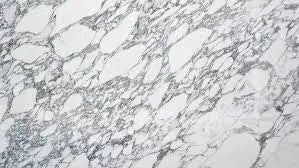 Arabescato Corchia
Arabescato Corchia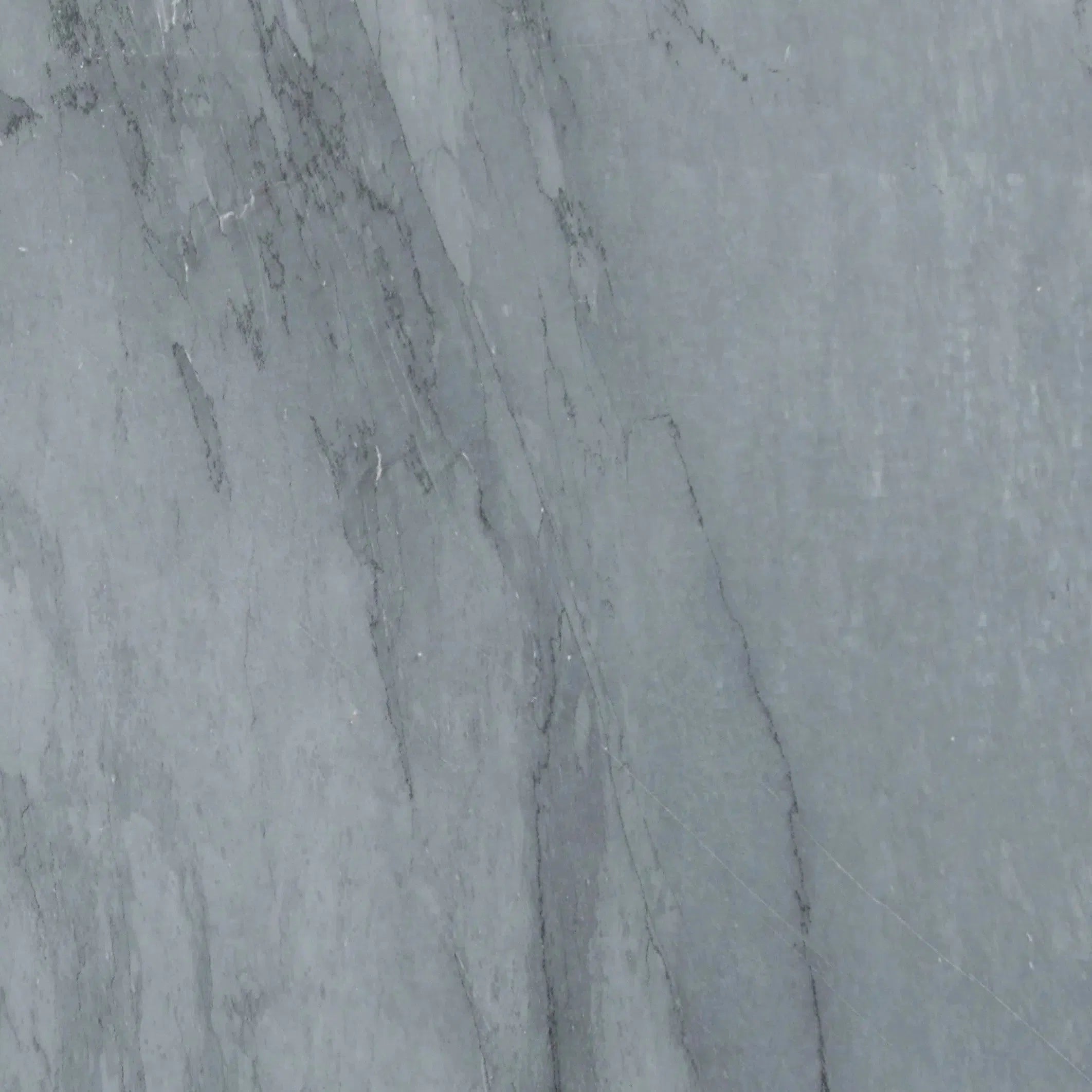 Bardiglio
Bardiglio Bianco Dolomite
Bianco Dolomite  Carrara White
Carrara White  Calacatta Gold
Calacatta Gold Crema Marfil
Crema Marfil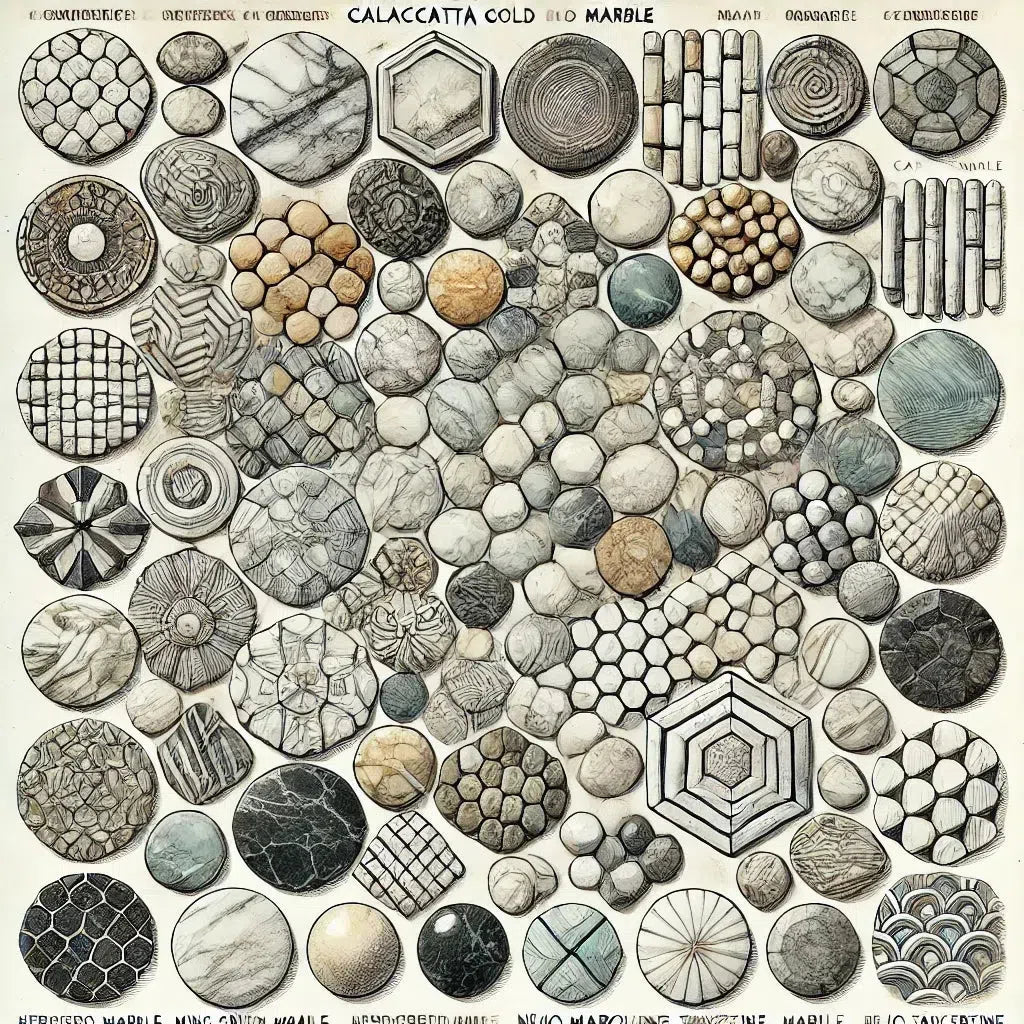 Custom Made Mosaic
Custom Made Mosaic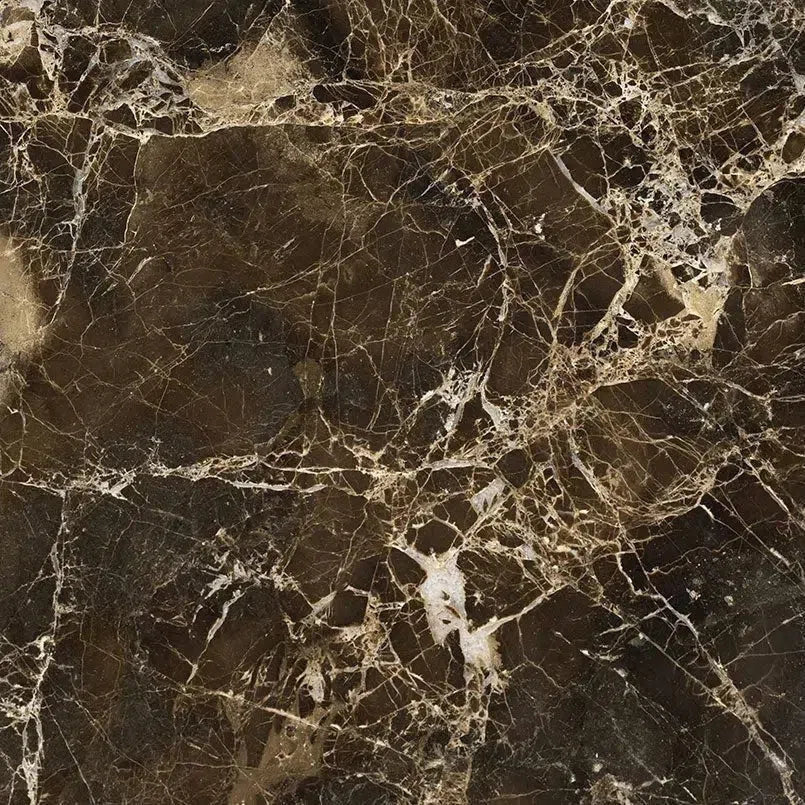 Emperador Dark
Emperador Dark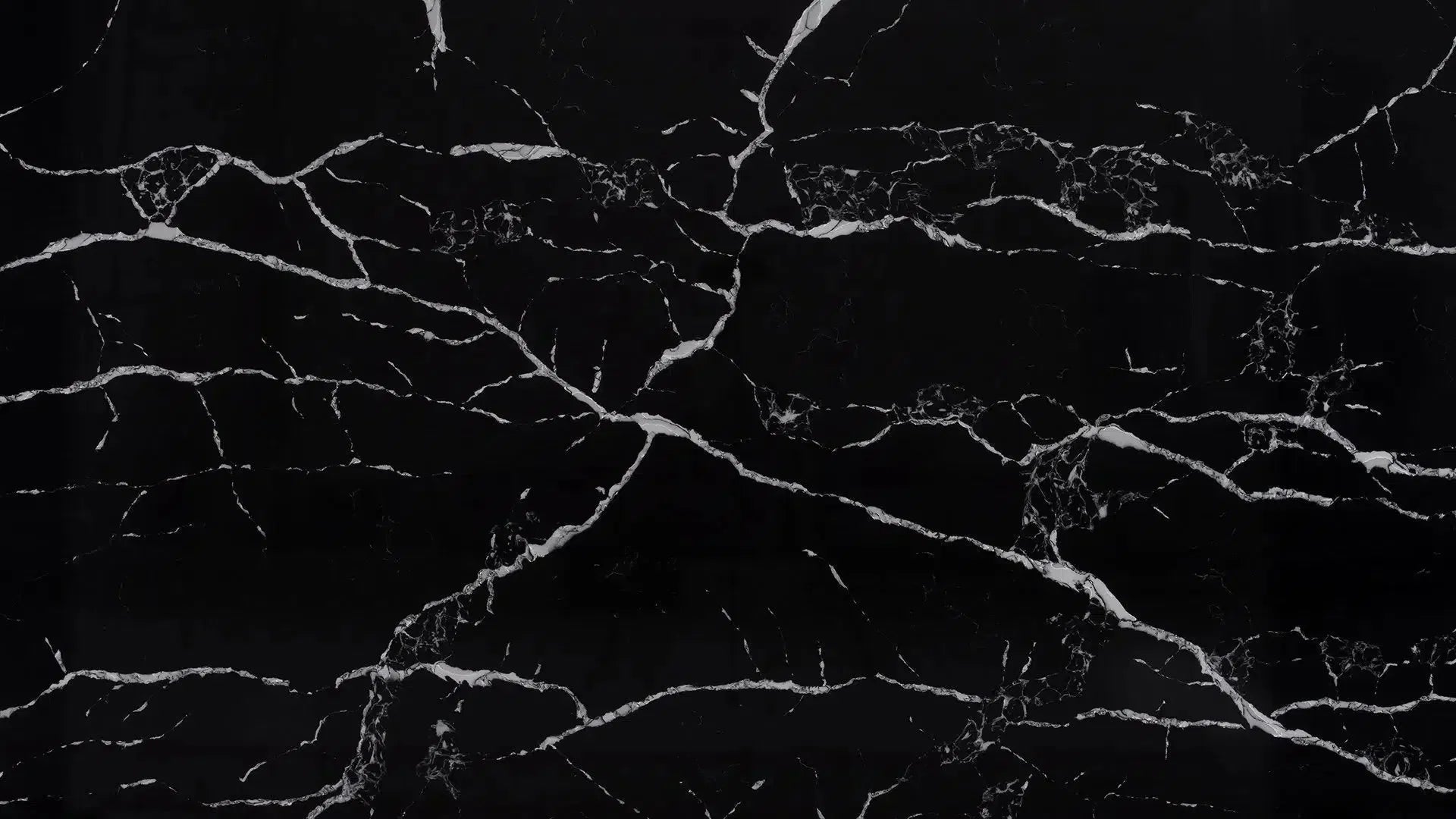 Nero Marquina
Nero Marquina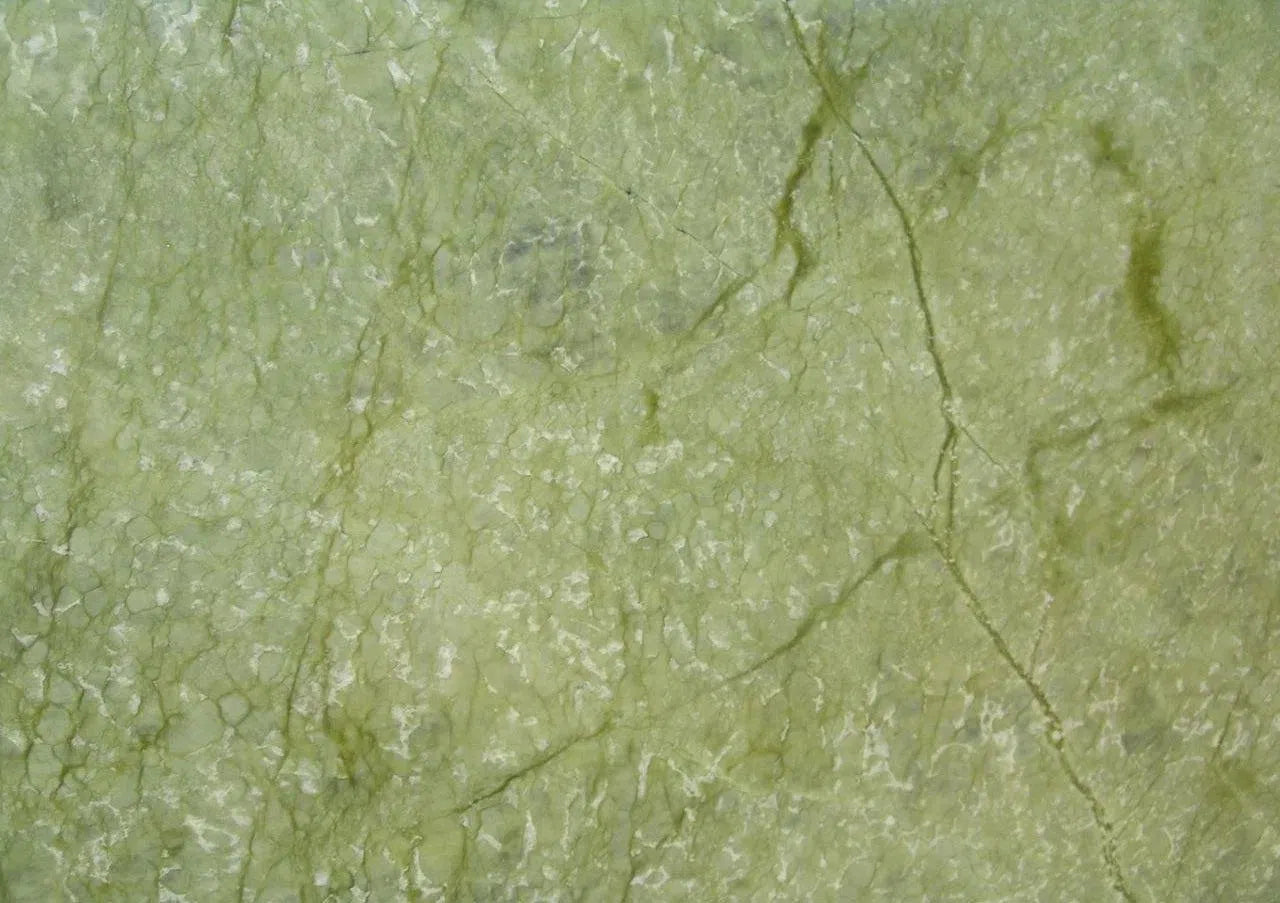 Ming Green Marble
Ming Green Marble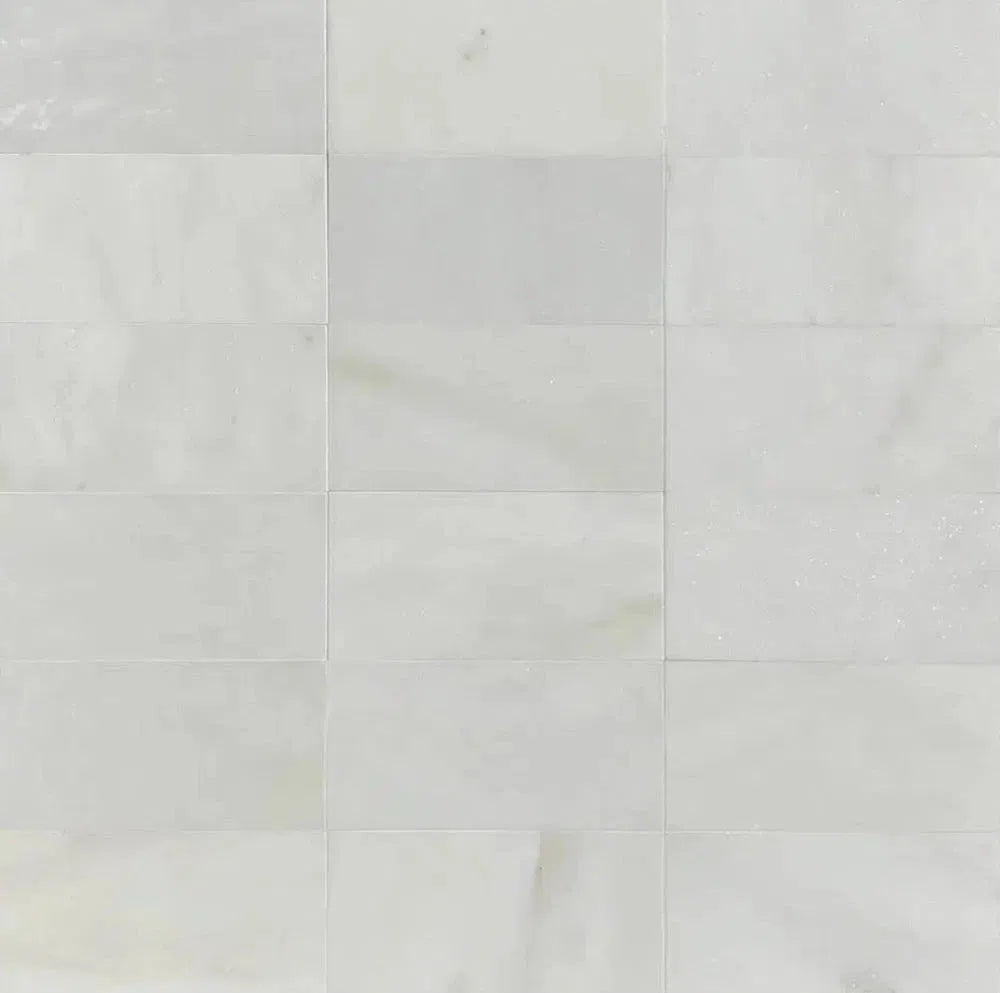 Oriental White Marble (Asian Statuary Marble)
Oriental White Marble (Asian Statuary Marble) Statuary - Statuario White (Italian) Marble
Statuary - Statuario White (Italian) Marble Thassos White
Thassos White White Pearl/Botticino Beige Marble
White Pearl/Botticino Beige Marble Best Selling Travertine Collections
Best Selling Travertine Collections
 Ivory Travertine
Ivory Travertine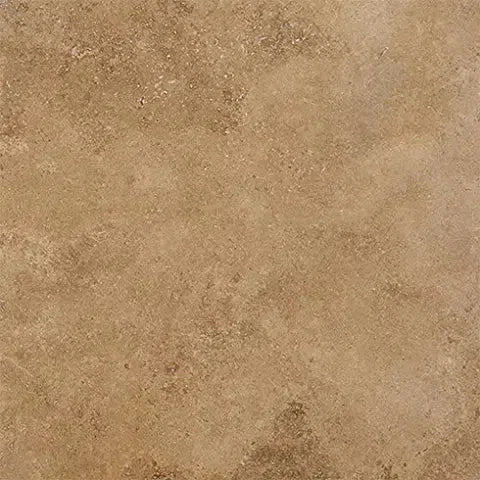 Noce Travertine
Noce Travertine Exotic Noce Travertine
Exotic Noce Travertine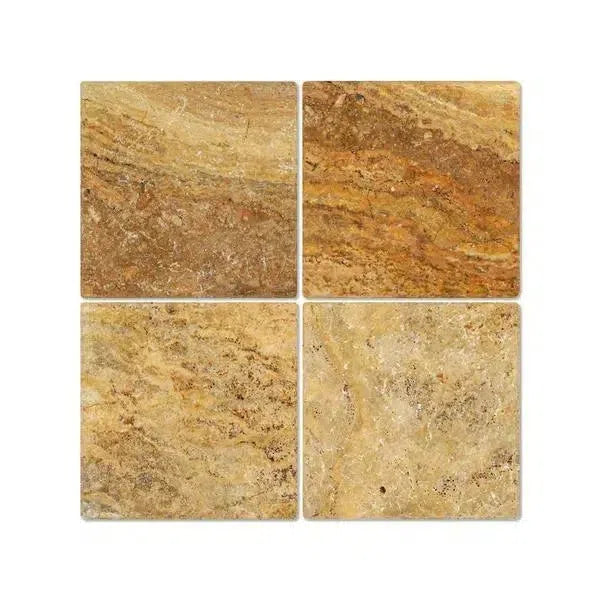 Scabos | Autumn Leaves Travertine
Scabos | Autumn Leaves Travertine Silver Travertine
Silver Travertine Exotic Travertine
Exotic Travertine Checkerboard
Checkerboard
 Patterned Tile
Patterned Tile
 Shop By Material
Shop By Material
 Travertine
Travertine Marble
Marble Limestone
Limestone Soap Stone
Soap Stone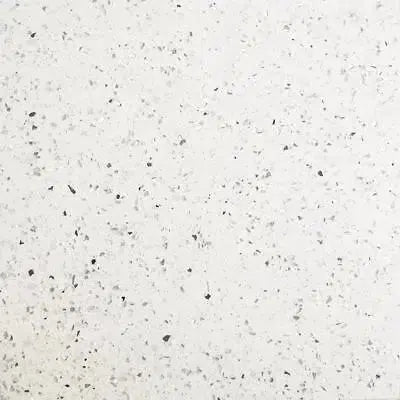 Quartz
Quartz Granite
Granite Shop By Name
Shop By Name
 Absolute Black Granite
Absolute Black Granite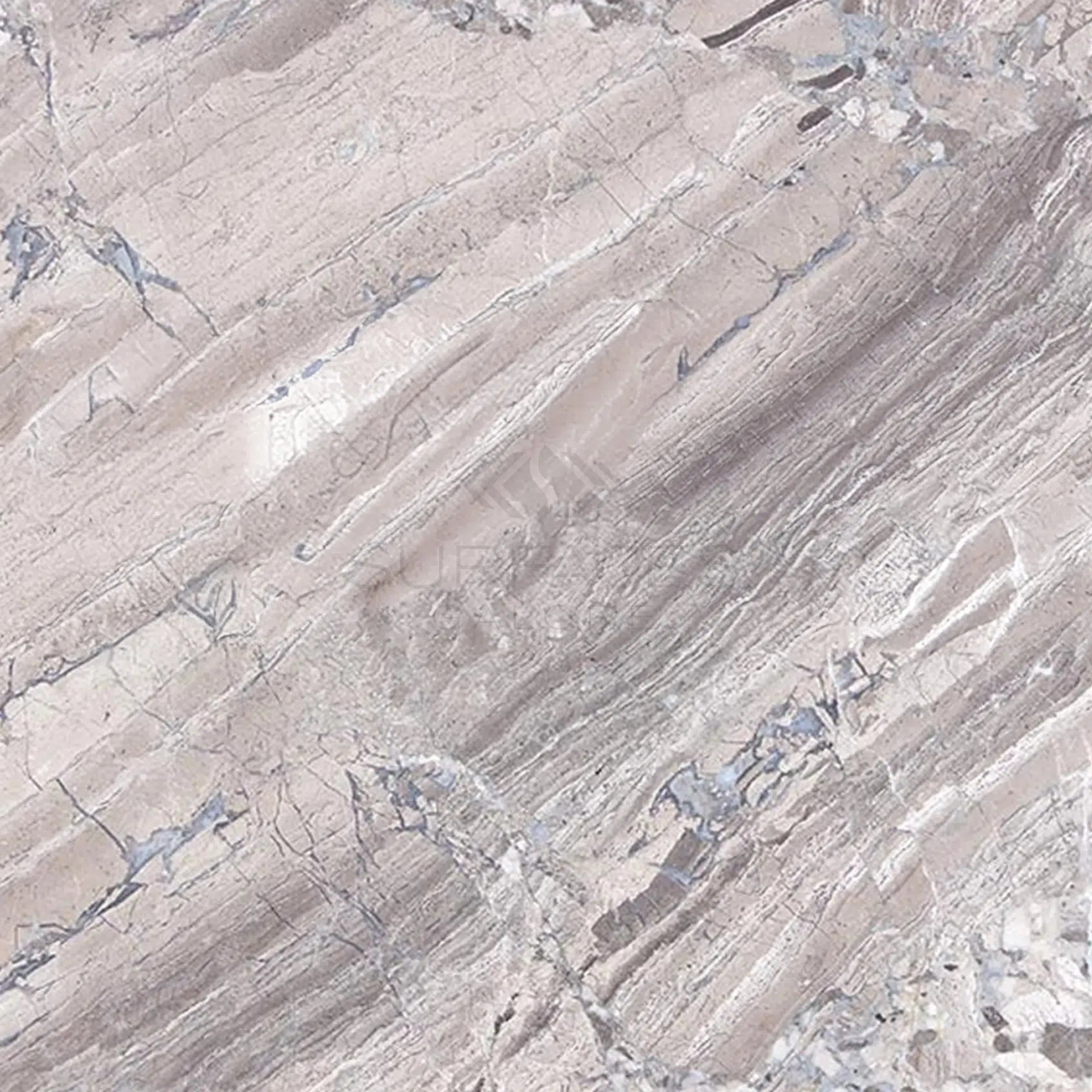 Atlantic Gray Marble
Atlantic Gray Marble Antico Onyx Travertine
Antico Onyx Travertine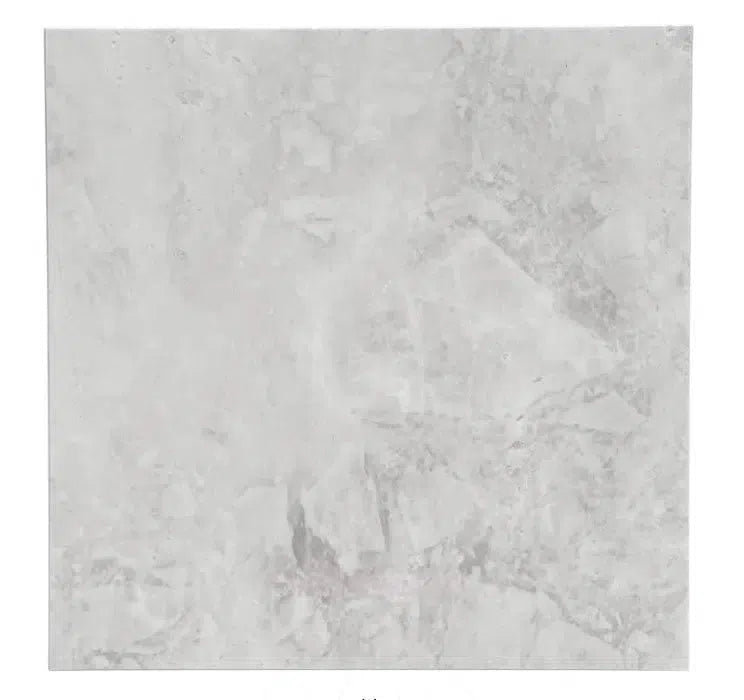 Bianco Congelato Dolomite
Bianco Congelato Dolomite Bianco Venatino (Bianco Mare) Marble
Bianco Venatino (Bianco Mare) Marble Calacatta Oliva Marble
Calacatta Oliva Marble Cappuccino Marble
Cappuccino Marble Diano Royal (Queen Beige) Marble
Diano Royal (Queen Beige) Marble Durango Cream Traverine
Durango Cream Traverine Emperador Light Marble
Emperador Light Marble Empress Green Marble
Empress Green Marble Gold/Yellow Travertine
Gold/Yellow Travertine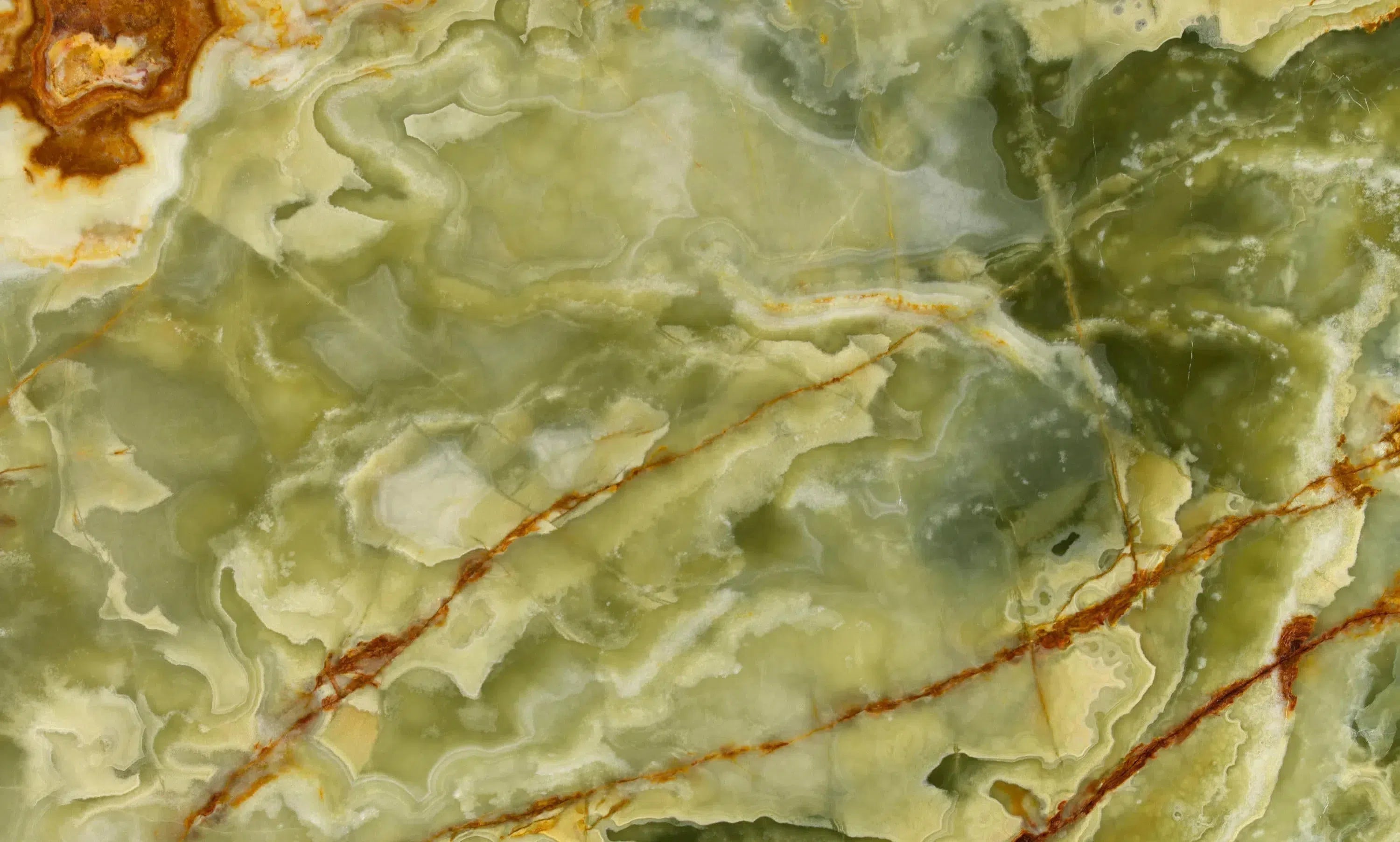 Green Onyx Marble
Green Onyx Marble Haisa Light (White Wood) Limestone
Haisa Light (White Wood) Limestone Honey Onyx Marble
Honey Onyx Marble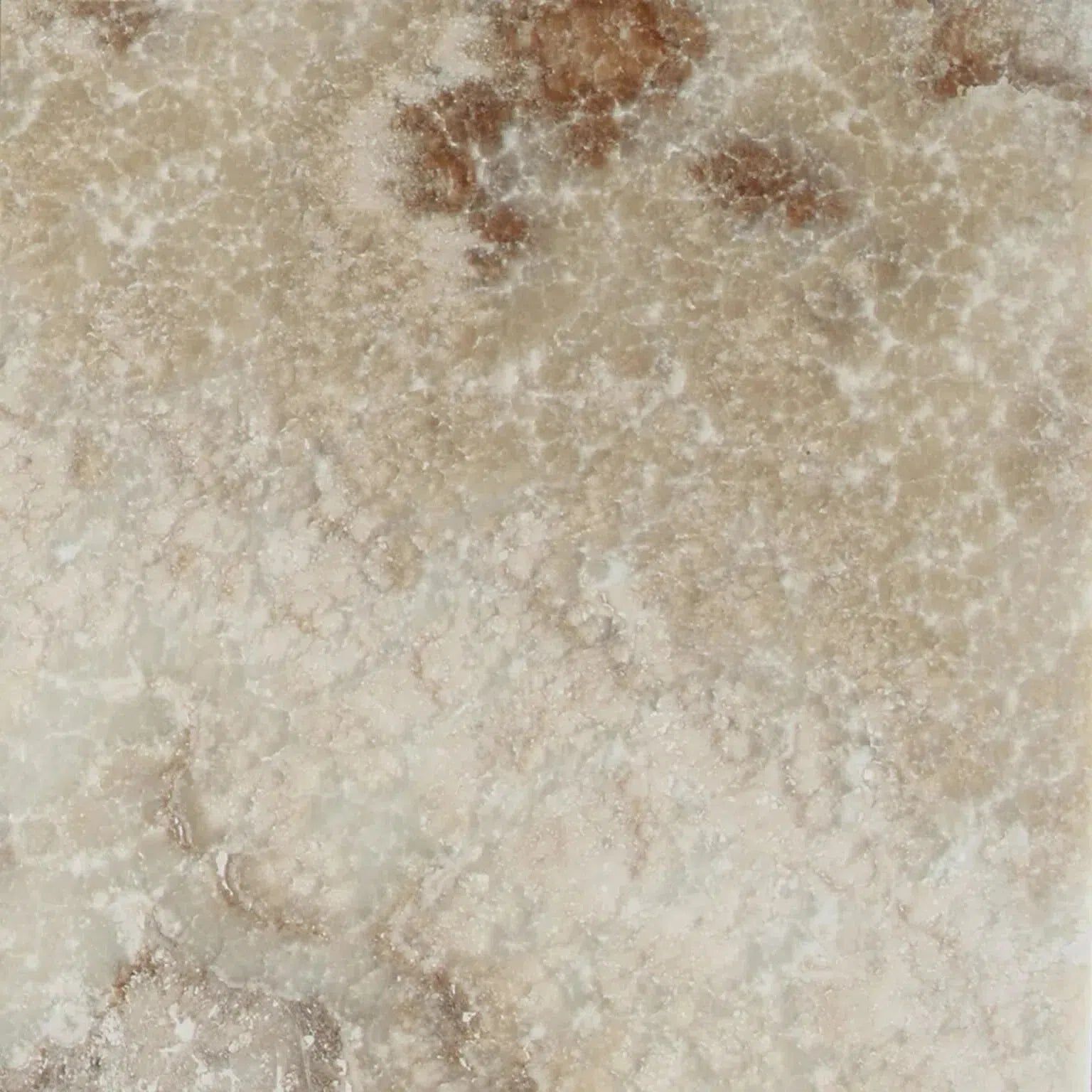 La Travonya Travertine
La Travonya Travertine Malibu Travertine
Malibu Travertine Mink (Equator) Marble
Mink (Equator) Marble Mixed (Ivory-Noce-Gold) Travertine
Mixed (Ivory-Noce-Gold) Travertine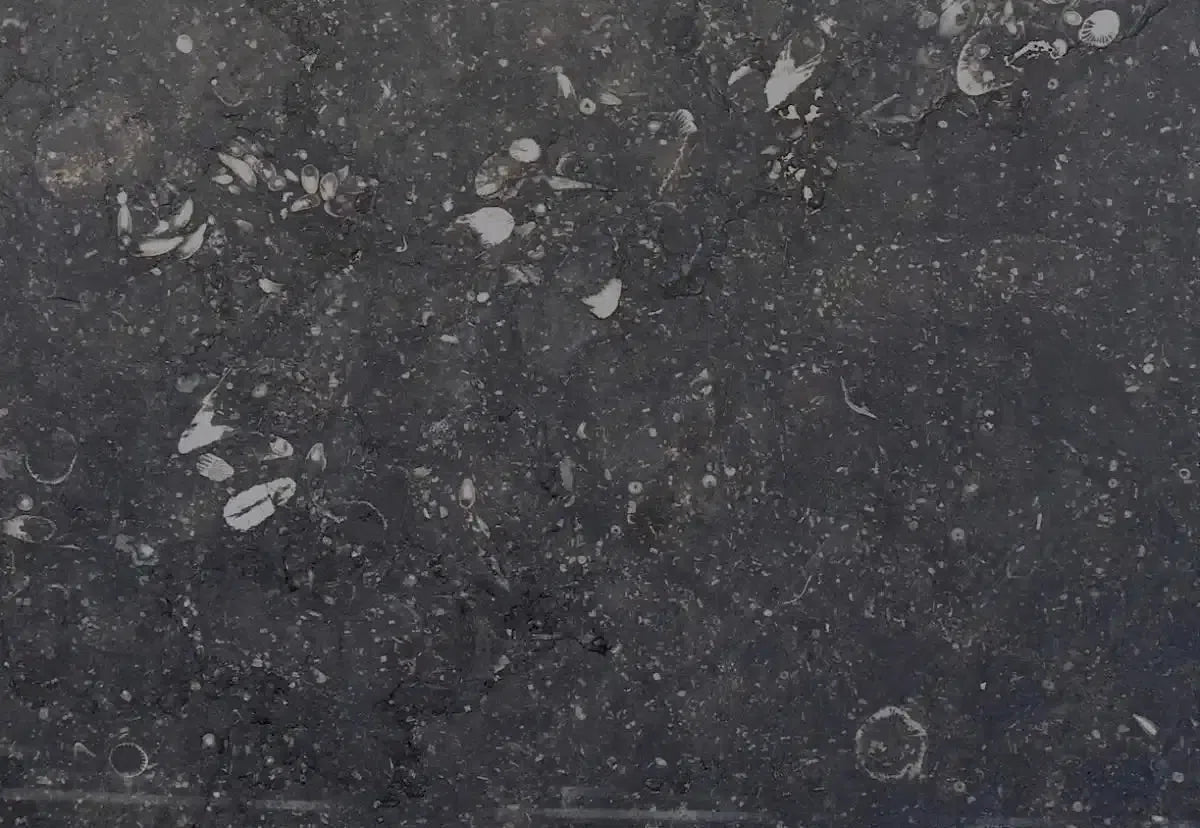 Pierre Bleue (Pierre Blue) Marble
Pierre Bleue (Pierre Blue) Marble Philadelphia Travertine
Philadelphia Travertine Rosé Aurora Marble
Rosé Aurora Marble Rosso Levanto Marble
Rosso Levanto Marble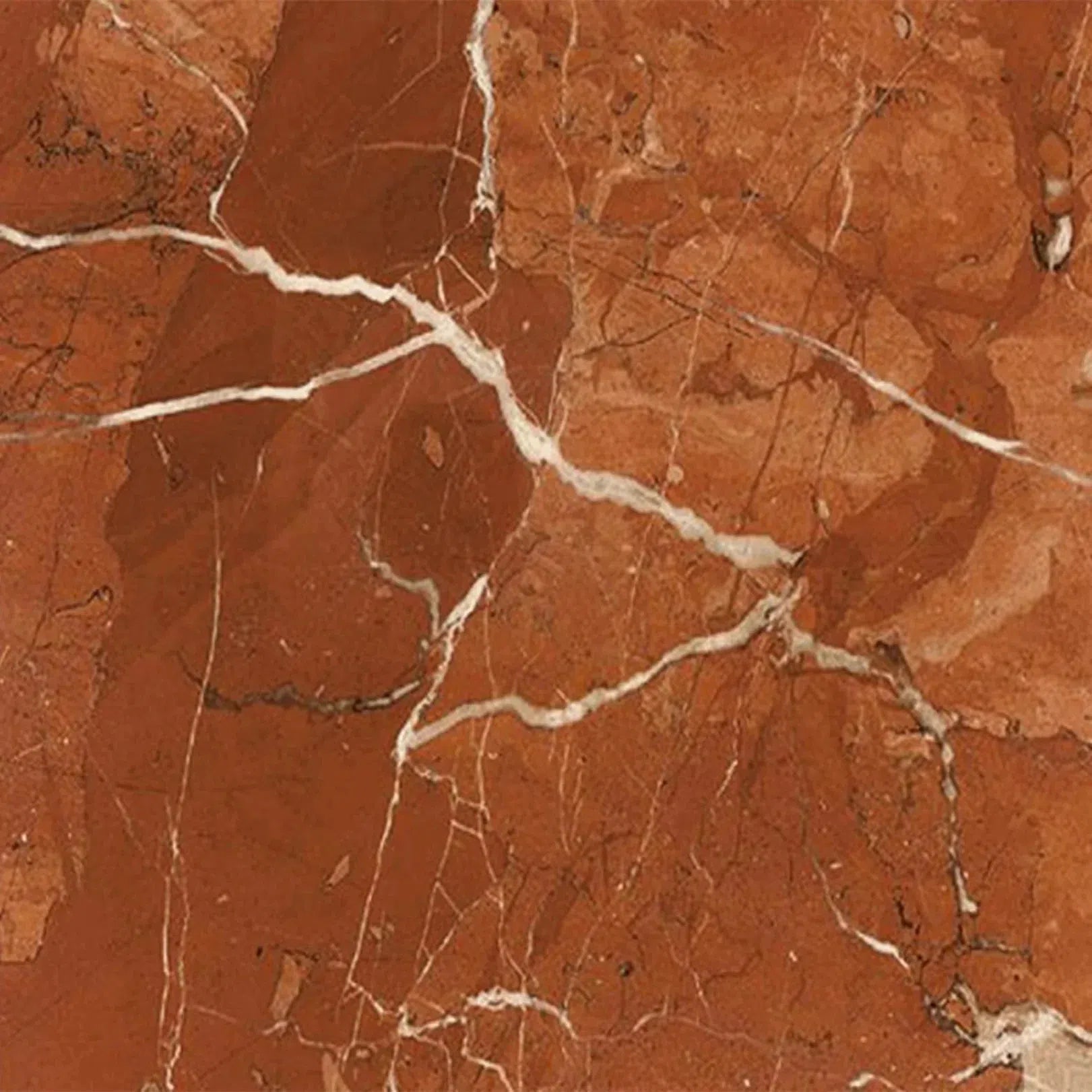 Rojo Alicante Marble
Rojo Alicante Marble Sky Blue | Azul Cielo Marble
Sky Blue | Azul Cielo Marble Snow White (Afyon White) Marble
Snow White (Afyon White) Marble Spanish Mix Marble
Spanish Mix Marble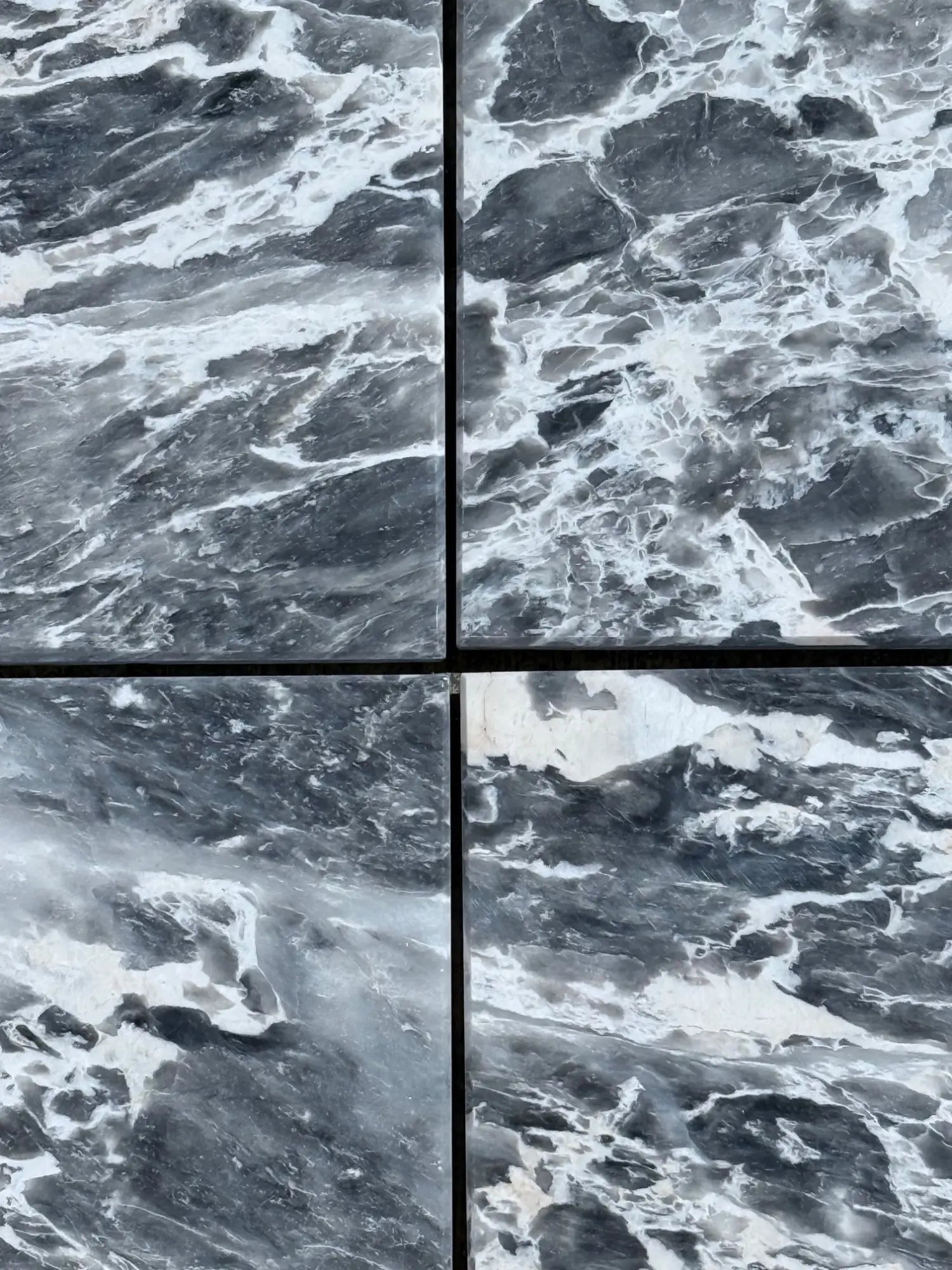 Storm Gray Marble
Storm Gray Marble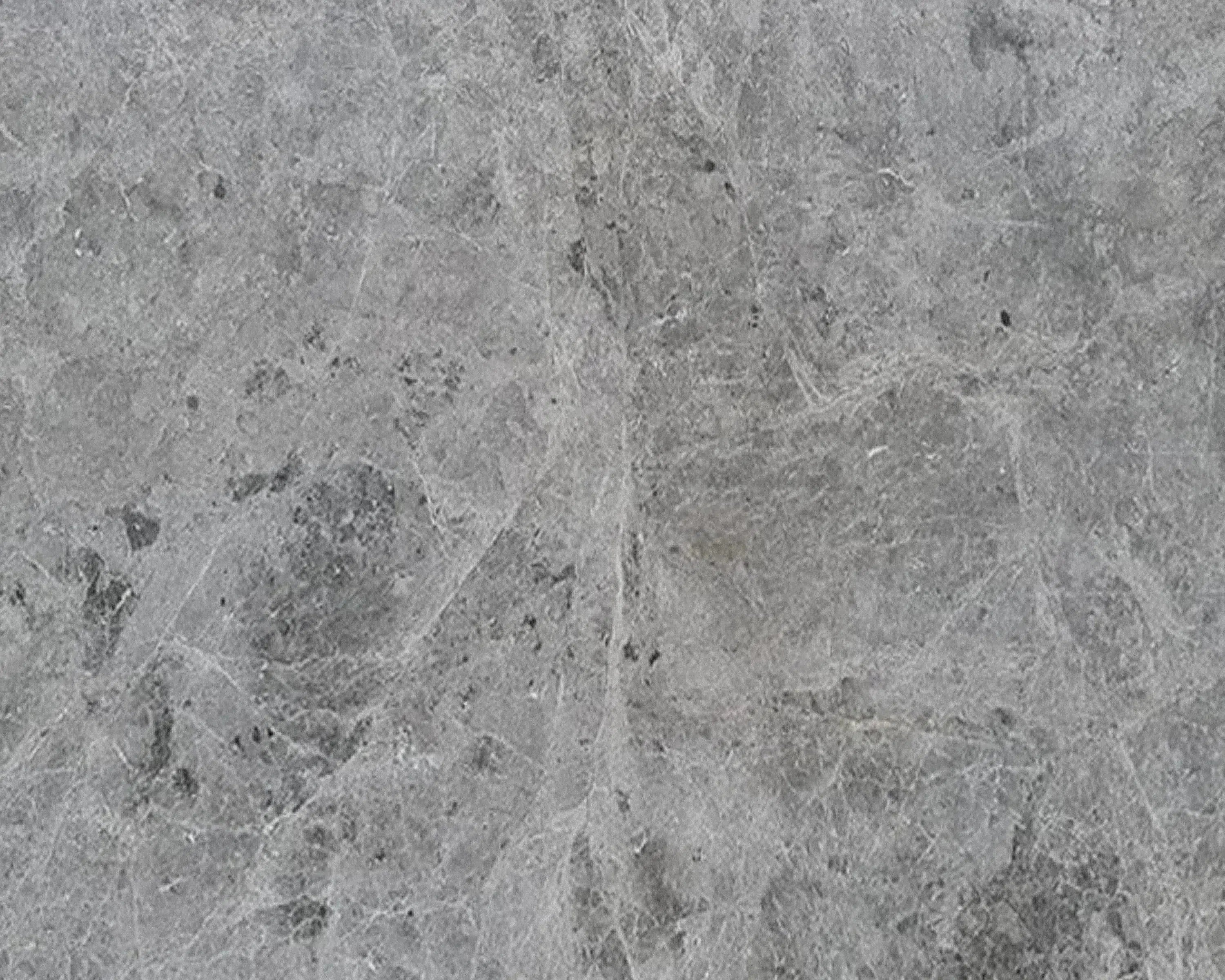 Tundra Gray (Atlantic Gray) Marble
Tundra Gray (Atlantic Gray) Marble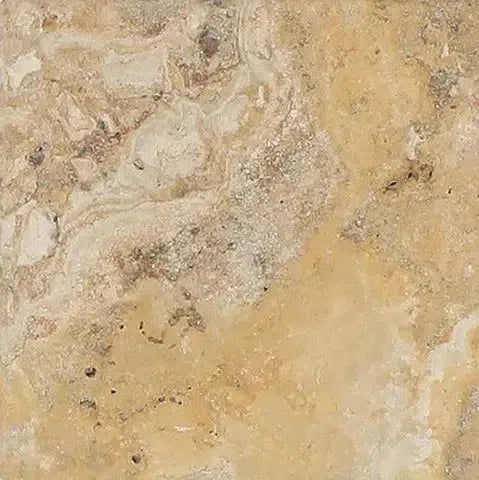 Valencia Travertine
Valencia Travertine Valerenga Travertine
Valerenga Travertine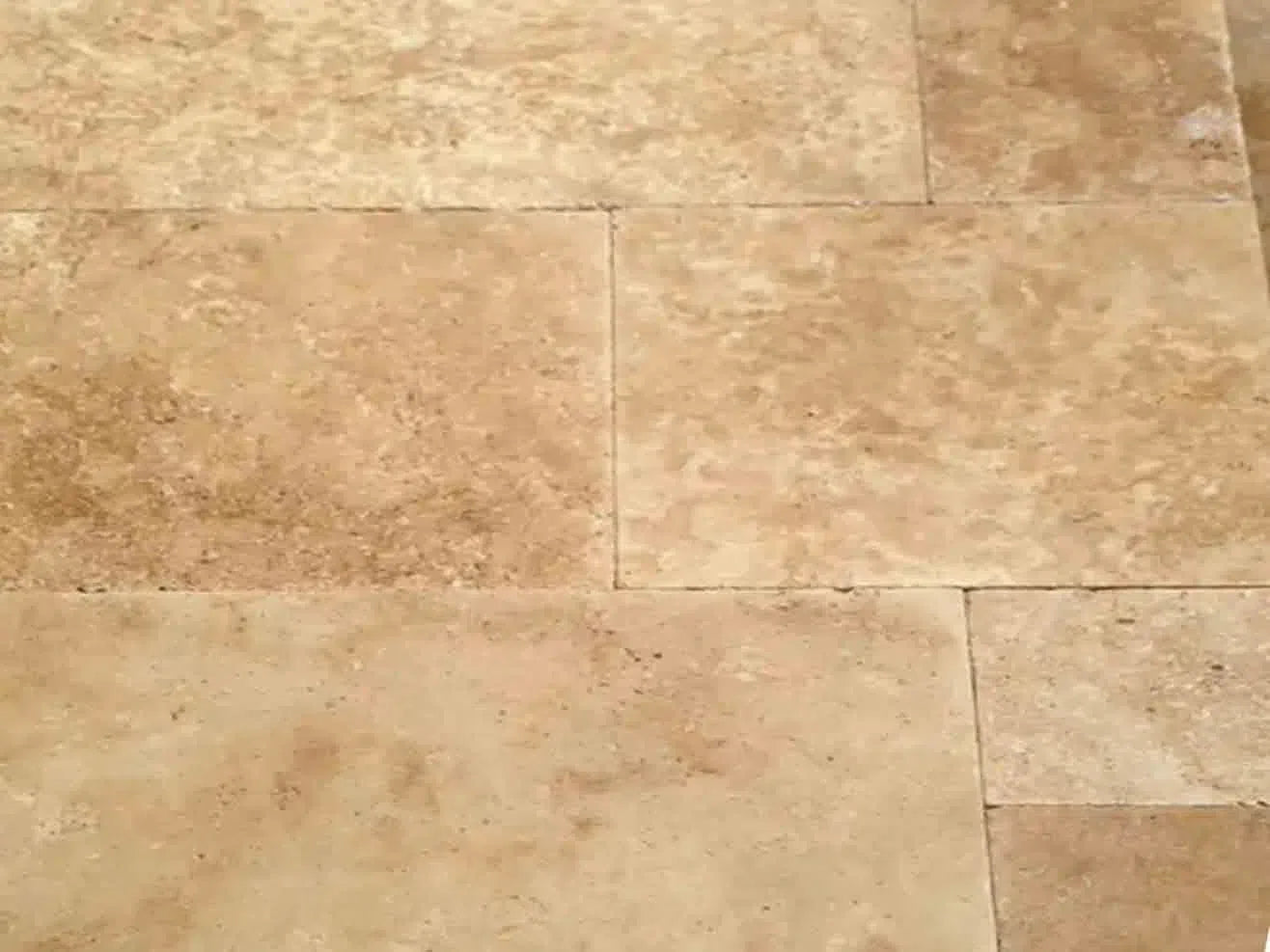 Walnut Travertine
Walnut Travertine White Onyx Marble
White Onyx Marble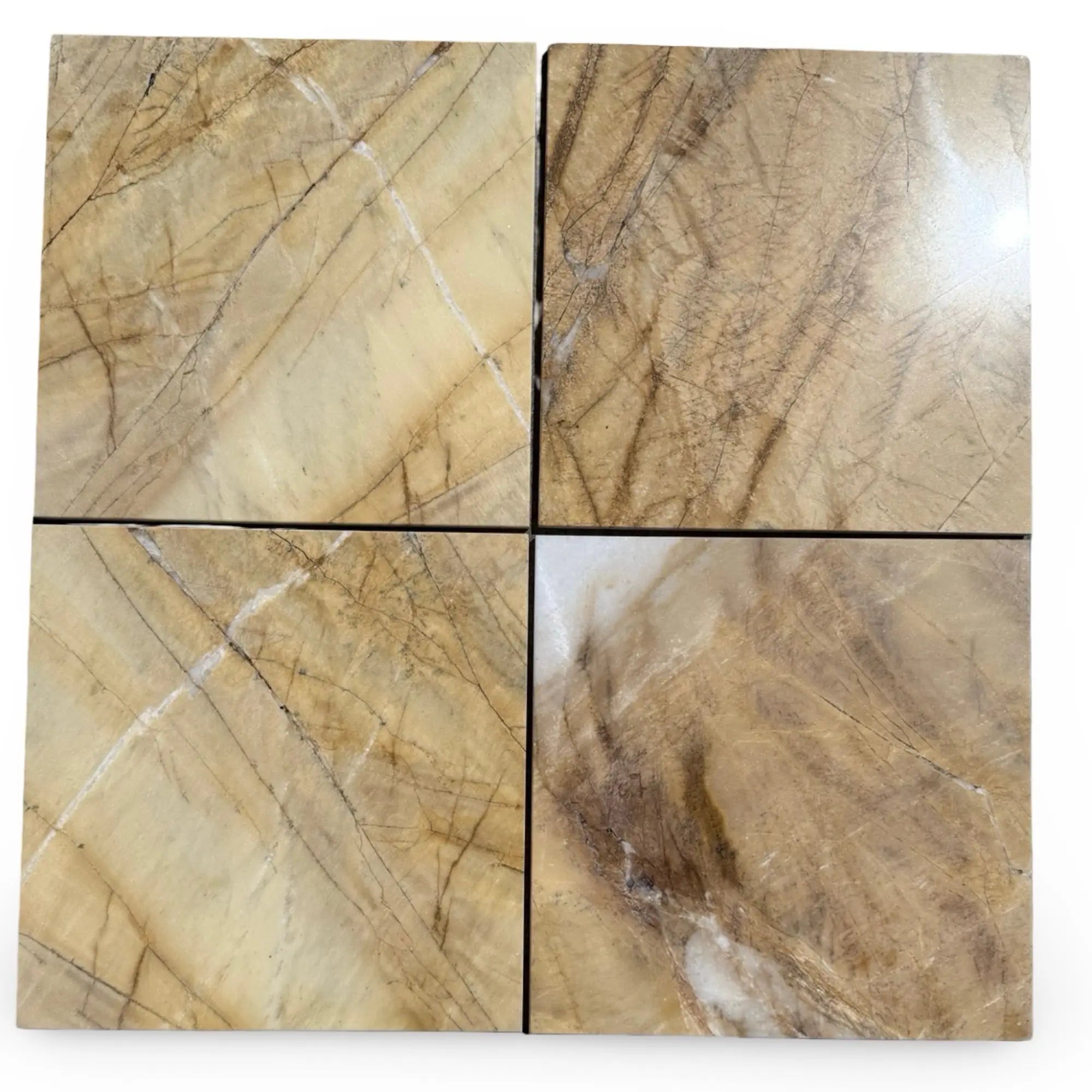 Golden Horizon Marble
Golden Horizon Marble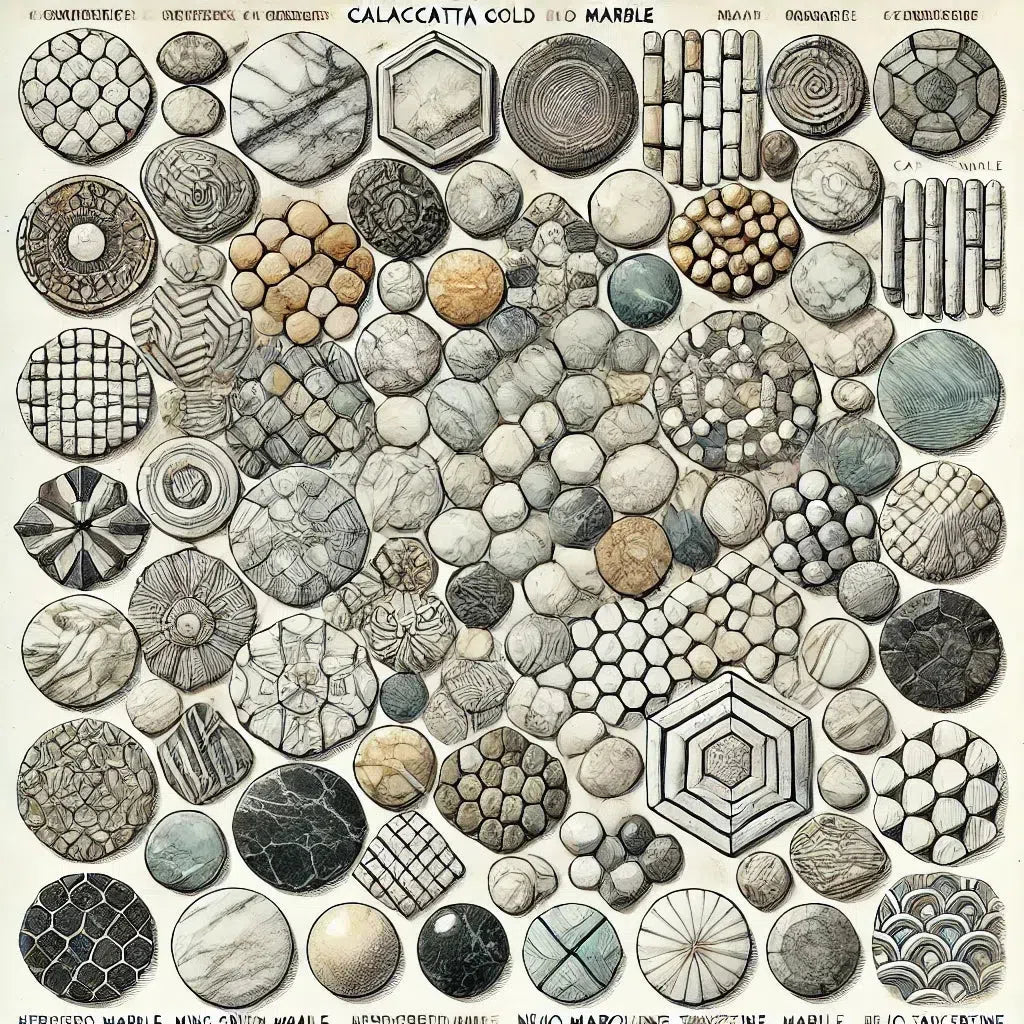 Shop By Type
Shop By Type
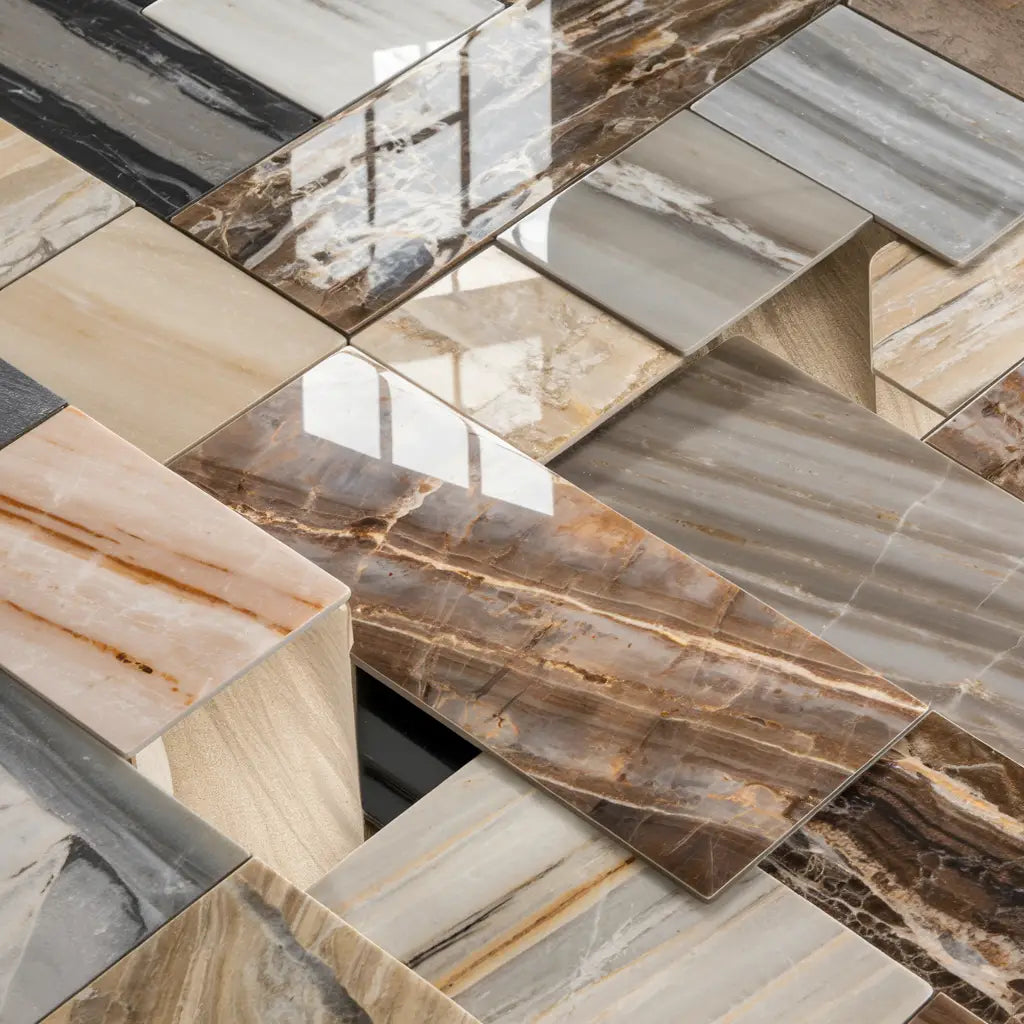 Marble Tiles
Marble Tiles Marble Mosaic
Marble Mosaic Travertine Tiles
Travertine Tiles Travertine Mosaic
Travertine Mosaic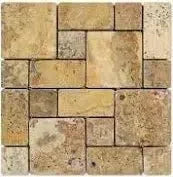 4 pcs Versailles Pattern / French Pattern Set
4 pcs Versailles Pattern / French Pattern Set Molding/Trim
Molding/Trim Border/Listello
Border/Listello Ledger-Panel
Ledger-Panel Checkerboard
Checkerboard Patterned Tile Collection
Patterned Tile Collection  Shop By Finish
Shop By Finish
 Polished
Polished Honed
Honed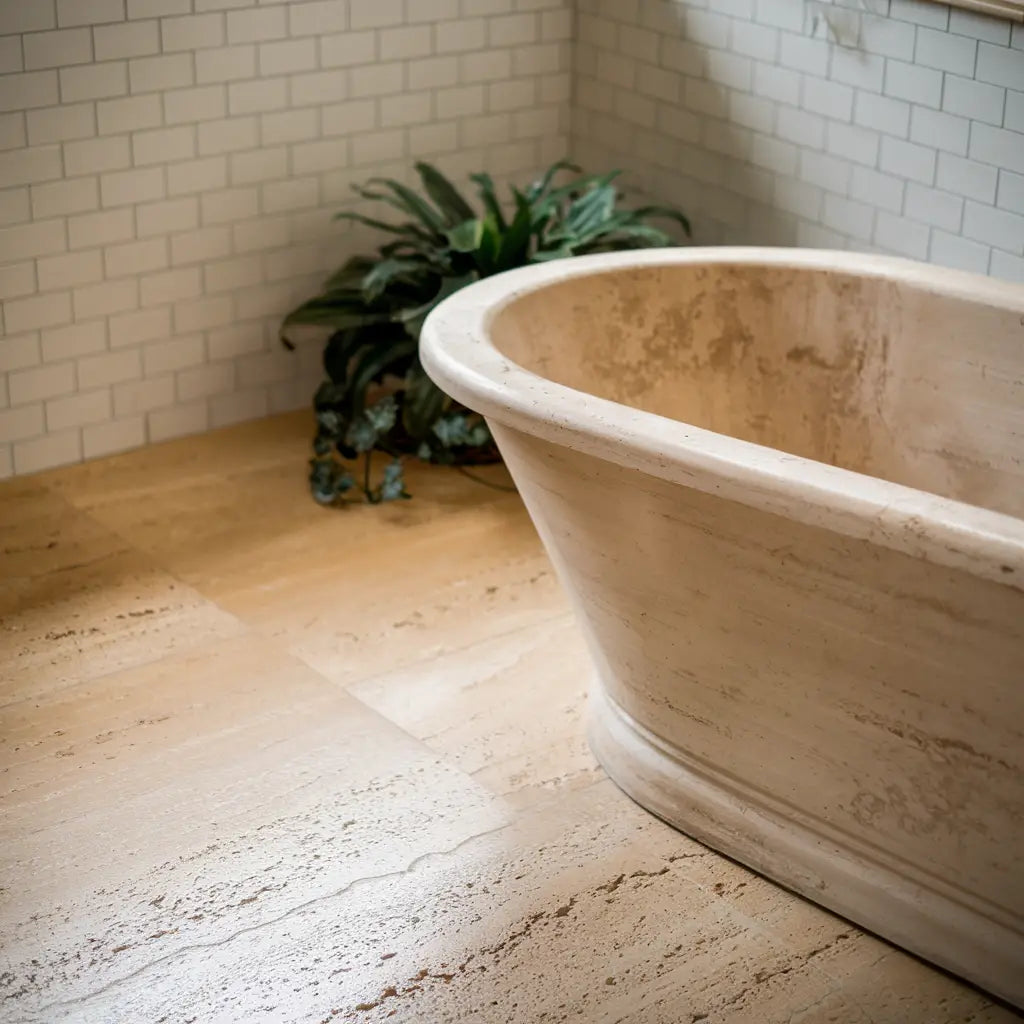 Brushed
Brushed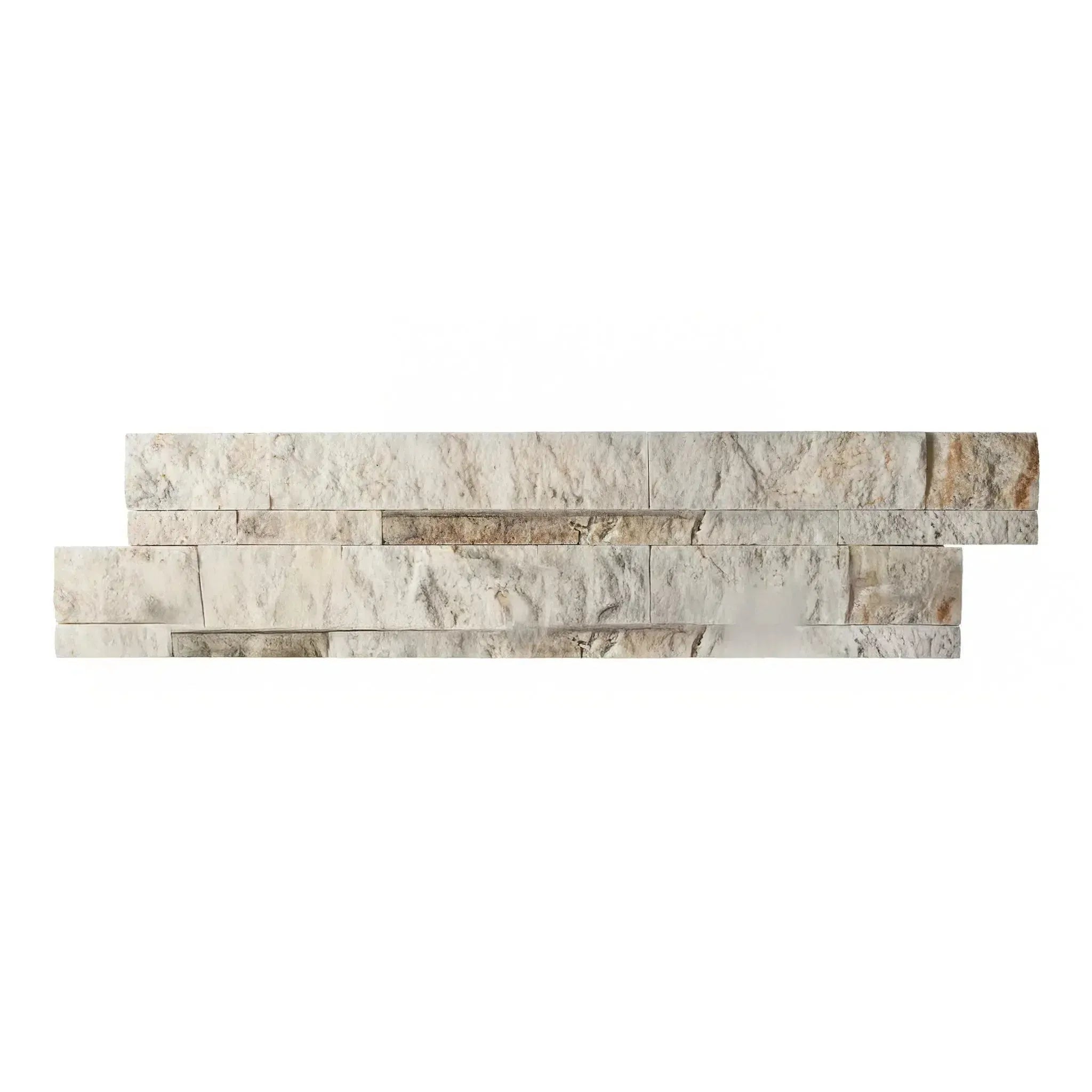 Split Face
Split Face Textured
Textured Tumbled
Tumbled Accessories
Accessories
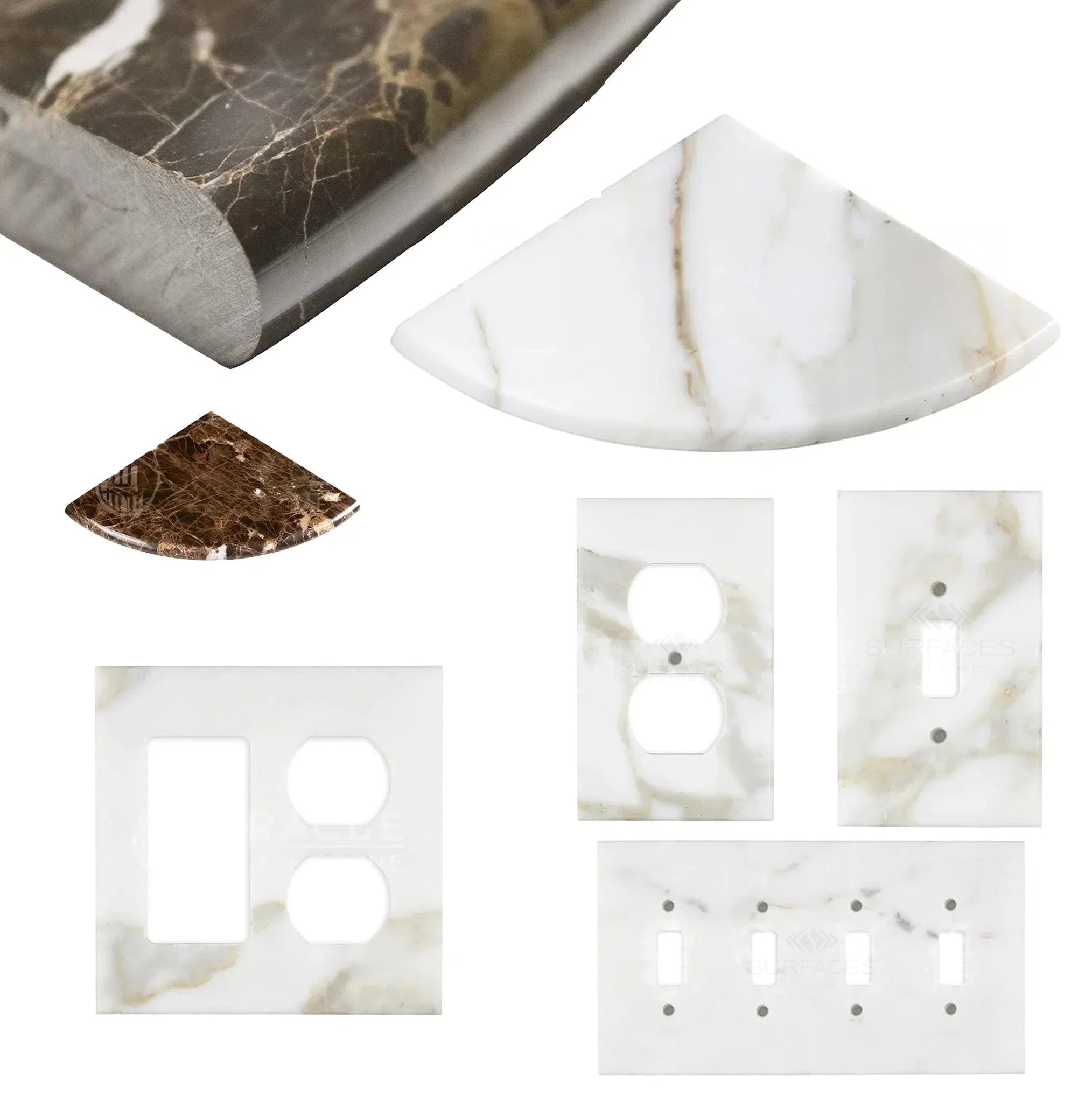 Wall Plate / Switch Plate
Wall Plate / Switch Plate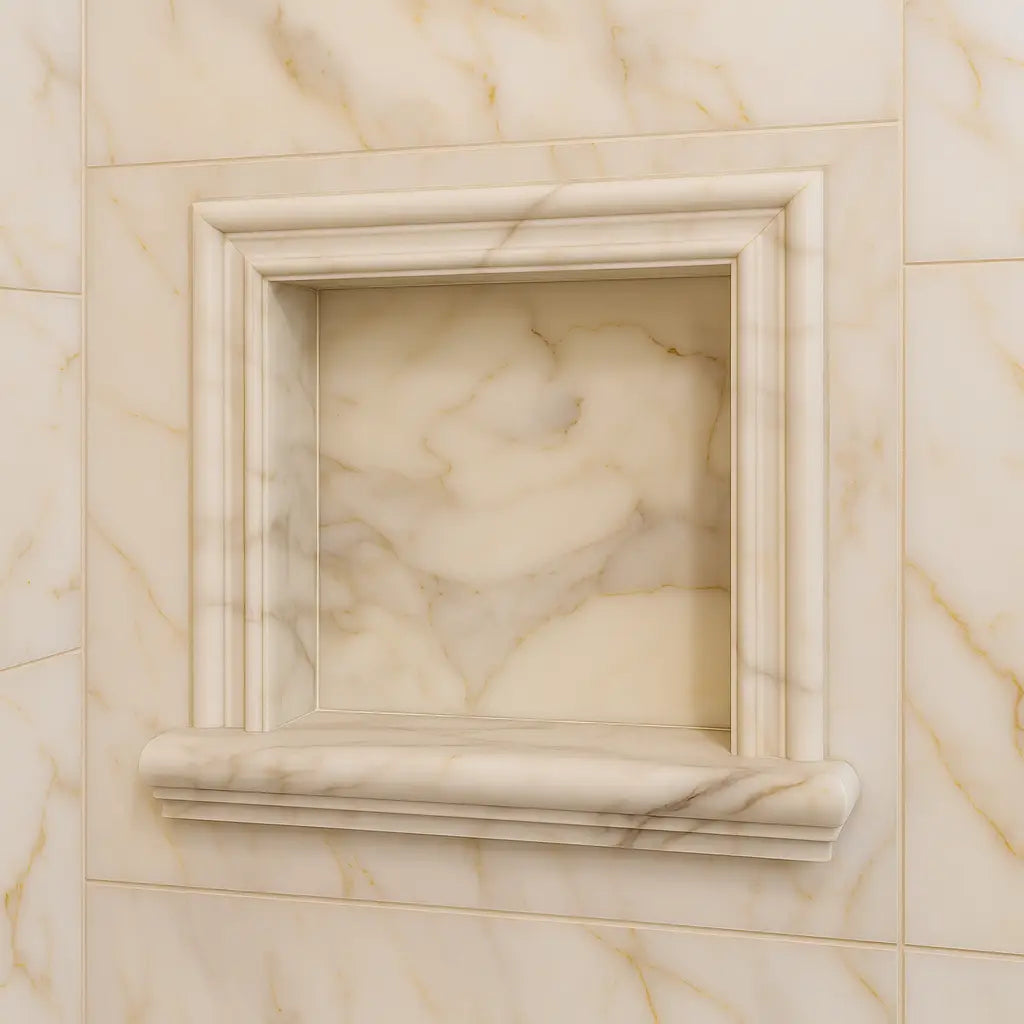 Shampoo Niche
Shampoo Niche Corner Shelf
Corner Shelf Clearance
Clearance





Leave a comment